Westminster Cathedral ArchivesSince 2015 SCC have been involved with the conservation of the Treasures Collection at Westminster Cathedral Archives. There are some remarkable manuscripts and early printed books within this collection. The most well-known manuscript in the collection is the Queen Mary Manual for blessing cramp rings and touching for the evil. It was produced for Mary I (1553-1558) to assist her in Good Friday healing ceremonies, about which she was apparently very enthusiastic. It is an illuminated manuscript, with miniatures attributed to Levina Teerlinc, fit for a queen. Given that the manuscript had already been removed from its Victorian presentation binding we were lucky enough to be involved, not only in the conservation of the wonderful illuminations, but also in designing and fitting an appropriate new binding. The most challenging book to conserve was St. John Southworth's Breviary. St John was martyred at Tyburn in 1654, and this book, his personal copy, has now become a Holy Relic of the second order. Though in very poor condition the contemporary binding was all original. This meant we had to be extremely strict in preserving everything from the binding, the sewing remains, what was left of the spine, remaining endband and every crumb of paper and piece of hair which came to light during cleaning. Every original part of the object was rebound into the new binding. An unconventional sewing pattern had to be used in order to work around the original intact sewing, but also to give the binding enough strength and flexibility to be used. The finished binding functions extremely well and is aesthetically appropriate for such an important piece of the Church's history. The Florilegium, containing an early copy of the writings of the 14th Century English anchoress Julian of Norwich, is another remarkable historic manuscript which was required for research. Unfortunately the Victorian binding was too tight for the parchment leaves and not only was the text very difficult to access but the parchment itself was beginning to split along false hinges, putting the whole manuscript at risk. It was decided to remove the Victorian binding, replacing it with a flexible binding in limp vellum covers with integral sewn endbands. This allowed the textblock to open with minimal strain and maximum support, making it available for research once more. We also think the vellum binding looks appropriate for the text contained within. |  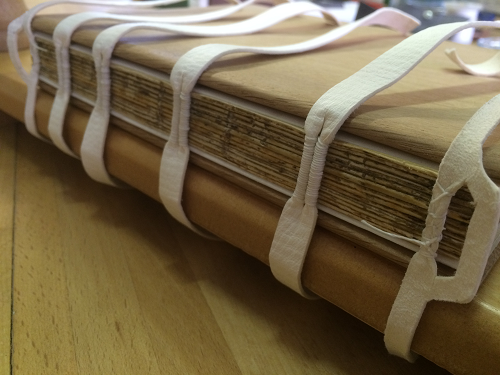 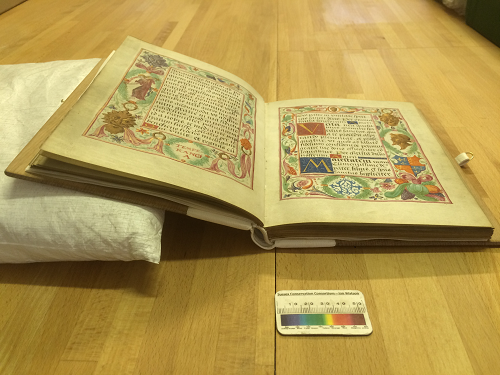 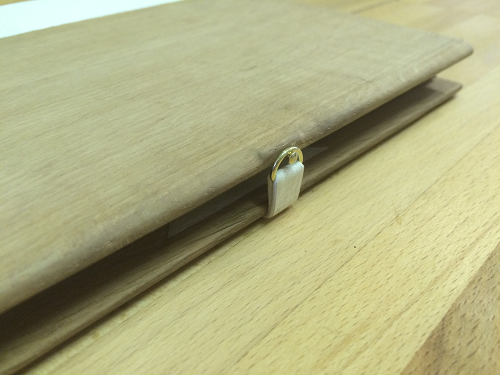 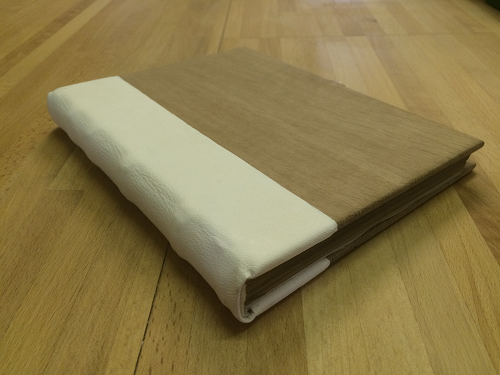 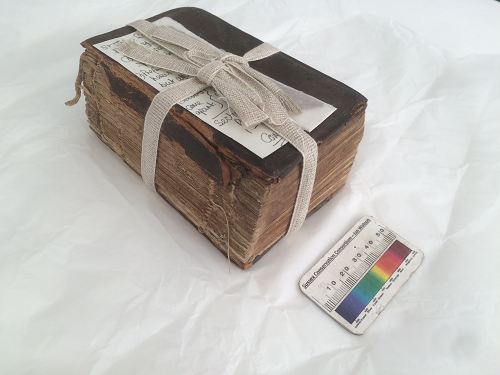 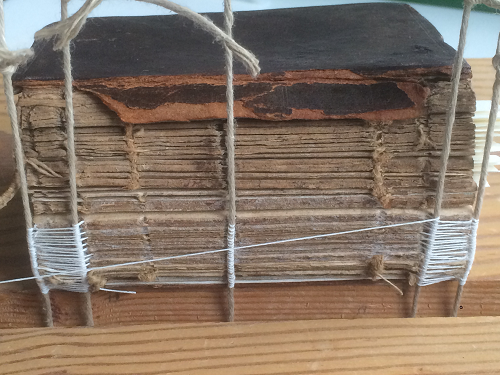 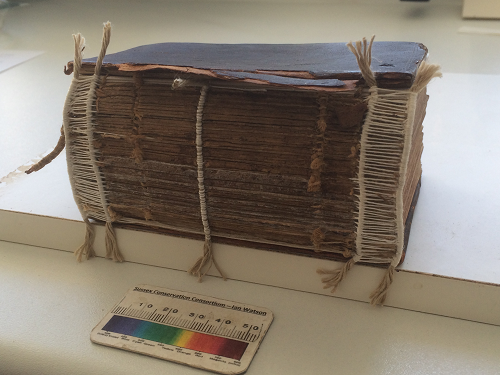 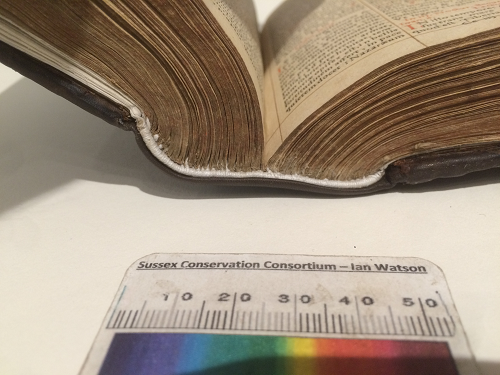 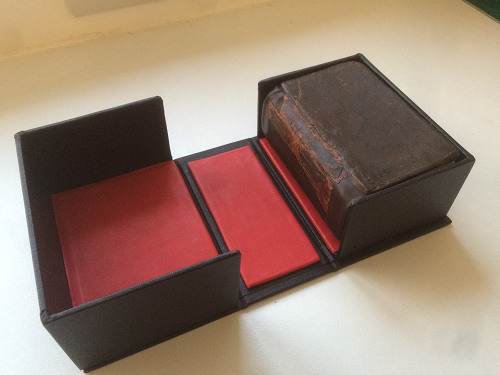 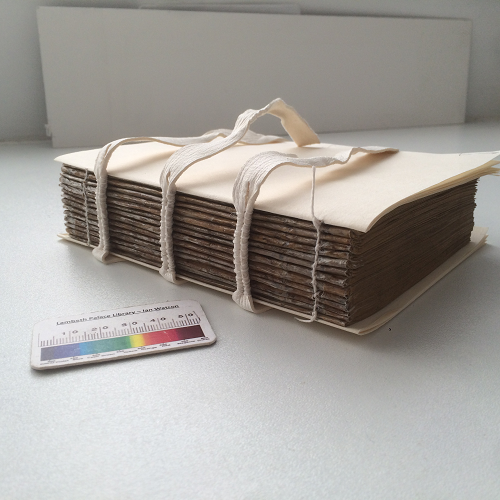 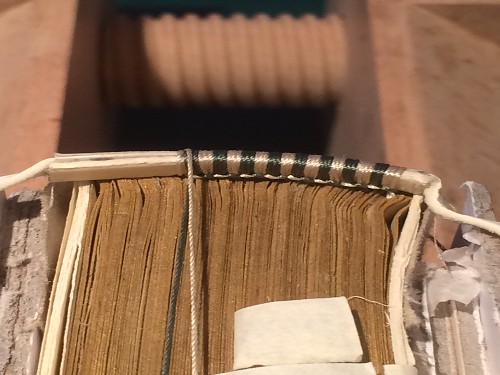 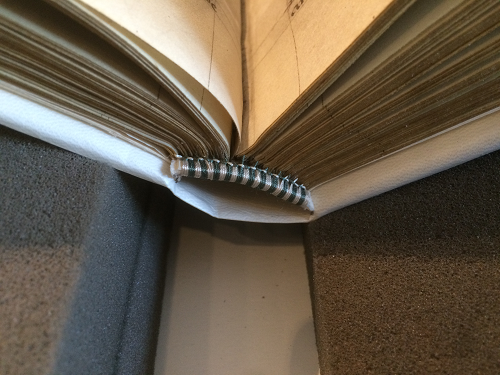 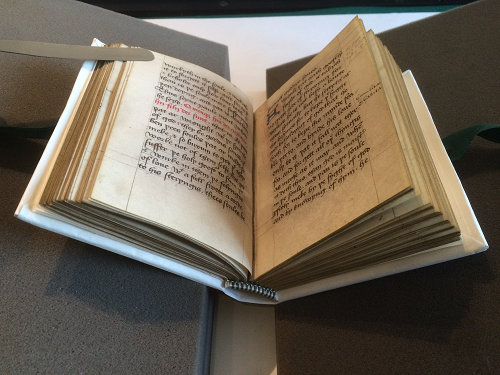 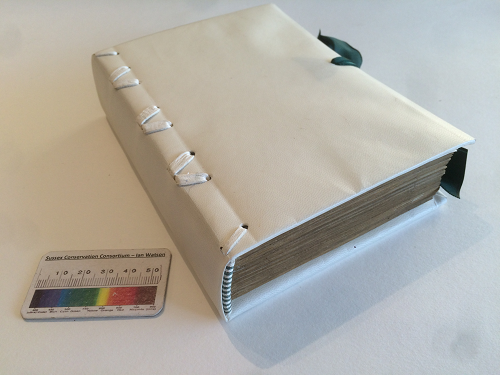 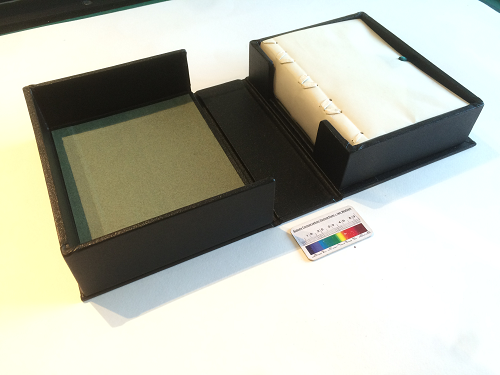 |
© 2013 Sussex Conservation Consortium Ltd. All Rights Reserved ![]() ® Collective Trade Mark of ACR Accredited Conservator-Restorer
® Collective Trade Mark of ACR Accredited Conservator-Restorer
